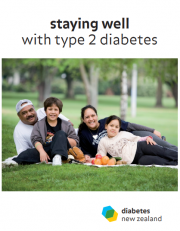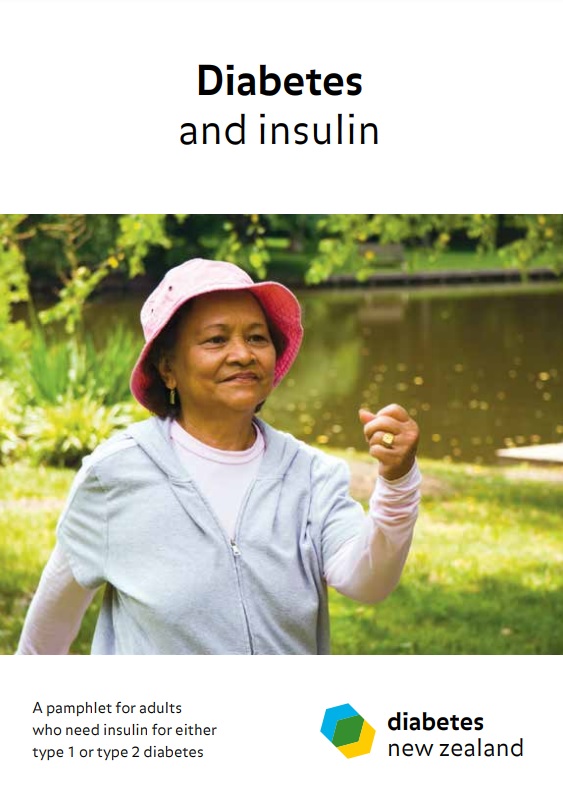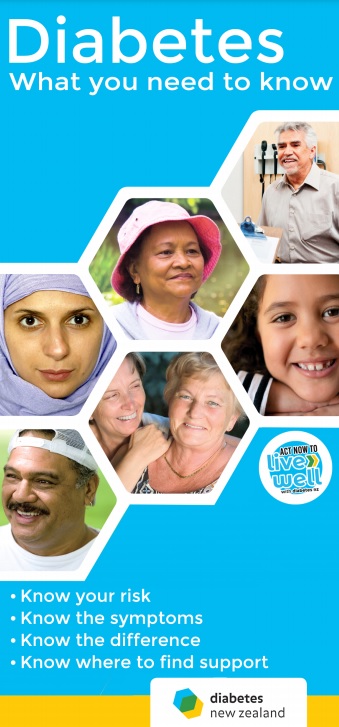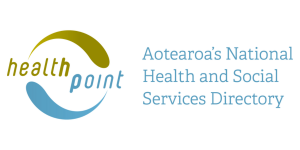After a meal, the food you eat is broken down into smaller units, including glucose. Some of this glucose is used immediately as fuel and the rest is stored for use later. Some parts of your body, in particular the brain, must have a good supply of glucose to function properly.
Insulin is a hormone produced by your pancreas. When the amount of glucose in your blood increases, the pancreas releases more insulin. When the level of glucose in your blood falls again, the amount of insulin also falls.
Insulin acts like a key, unlocking a channel to allow glucose from food to move from your blood into your body's cells. Insulin also makes your body store glucose in your liver and muscles. If there is not enough insulin, or it is not working well, glucose builds up in your bloodstream because it isn't able to enter the cells to be used as an energy source.
With diabetes, your body doesn't produce enough insulin to keep the amount of glucose in your blood at the right level. This can be due to your body not making enough insulin (known as insulin deficiency), not responding to insulin as it should (known as insulin resistance) or a combination of both of these.
The causes of type two diabetes, risks and what you can do to prevent getting diabetes.
Video: 1B Diabetes Overview - Causes
This video may take a few moments to load.
(Health Navigator Charitable Trust and Synergy Film, NZ, 2014)









